The world’s first social network appeared in the 1990s, and since then different platforms have gained space on the Internet. The firstborn, SixDegrees, was born in 1997 and served as a mold for many of the networks yet to come. It already had features that are still there today, such as the ability to create groups and connect to different users. Over the years, classic platforms such as Orkut and MySpace have emerged, become hugely successful, and have been left behind as other social networks have become popular.
In contrast, names like LinkedIn, Facebook, and YouTube are about two decades old and remain popular to this day. Below, follow the timeline created by Techidence with the trajectory of the main social networks in recent decades.
1. SixDegrees
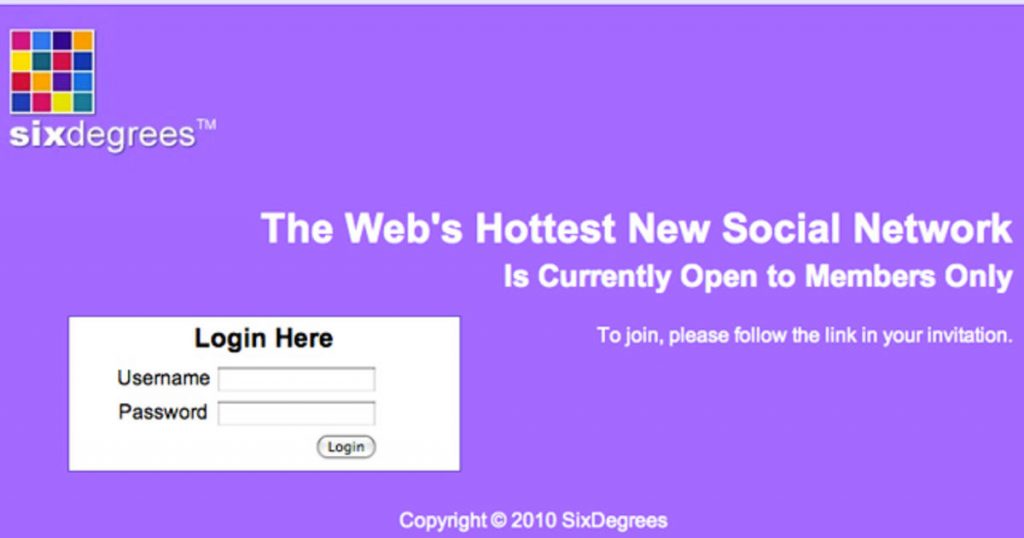
Created in 1997 in the United States by Andrew Weinreich, SixDegrees is considered to be the first social network in history. It was named after the Six Degrees of Separation Theory, according to which all the people in the world are connected by six friendships. Although it does not support media such as photos and videos, the platform pioneered many features that are considered essential for all current networks, such as connecting different users and creating groups.
It was also possible to send e-mails to friends who were not registered to invite them, which contributed to popularizing the site, which reached 3.5 million users. Although the innovations contributed to the initial success of the social network, the platform did not stay on top for long. Limitations such as the slow connection speed at the time and the lack of interest from the public, who seemed to see no point in connecting with strangers, meant that SixDegrees came to an end in 1999. However, its features would be enhanced and used by many of the platforms that would follow.
2. Friendster
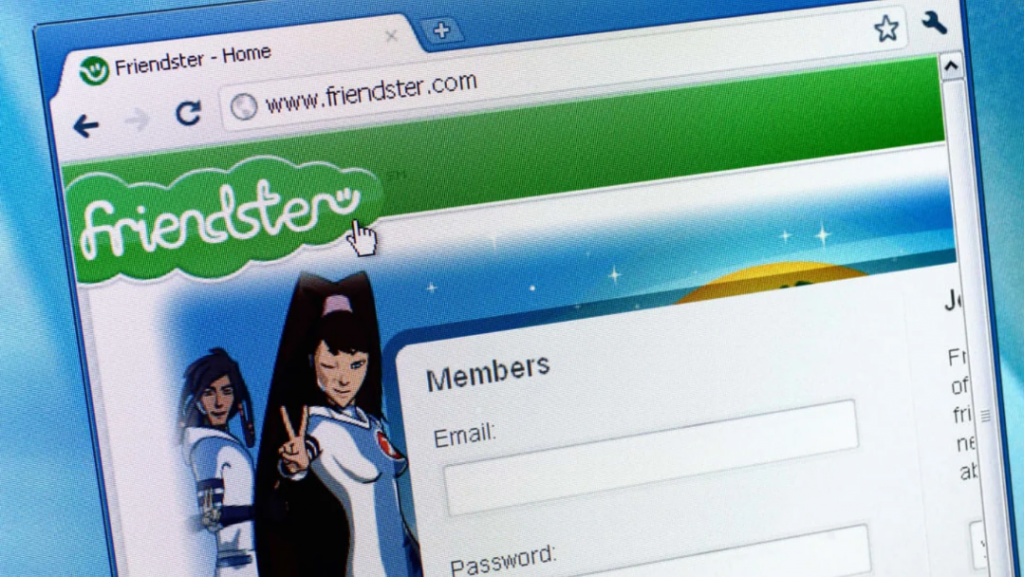
Launched in 2002, the social network Friendster refined the friend cycle idea introduced by its predecessor. The platform already featured basic functions of today’s social networks, such as the existence of a news feed, and could only be accessed from the computer. It was also already possible to add friends with similar interests to your own to create themed groups.
Even with its popularity around the world, Friendster could not keep up with the advance of other social networks, such as Facebook. Once again, there were technical limitations, as the platform’s servers could not support the constant influx of new users. At the network’s peak, Google offered US$30 million to buy it but was unsuccessful.
3. LinkedIn
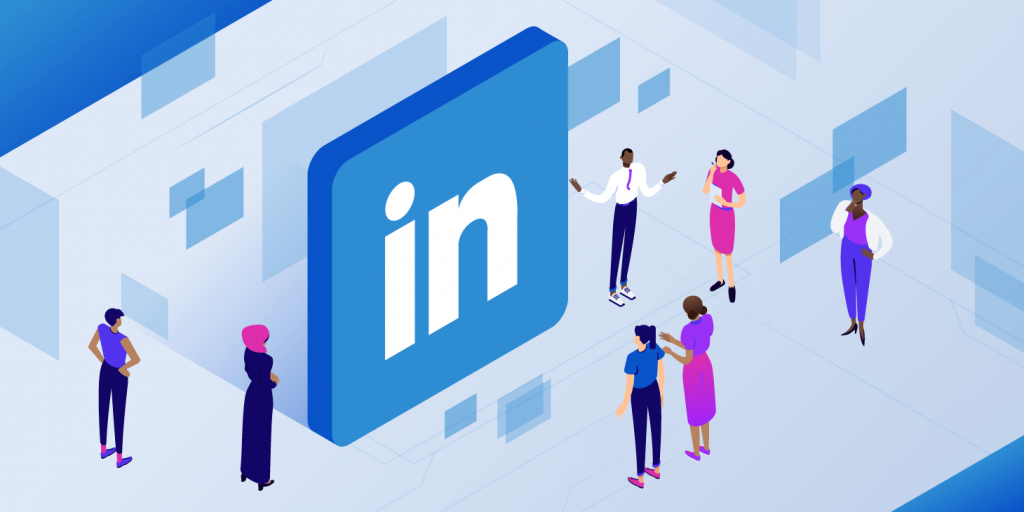
Linkedin is the leading social network for the professional world. Launched in 2003, the site went against the other platforms of the time, prioritizing corporate connections over personal ones. LinkedIn is widely used by people who are looking for a job since it is possible to apply for vacancies there and network. The user profile is like an online resume, in which one can add a description, professional experiences, portfolio, education, and skills. There is also the possibility of giving and receiving recommendations.
As far as publishing content is concerned, the possibilities are wide: you can post photos, videos, texts, and even long articles. The user can also interact with the content of other accounts and find professional courses in LinkedIn Learning, the platform’s educational area. The social network can be accessed on the web version and via an application for Android and iPhone (iOS).
4. MySpace
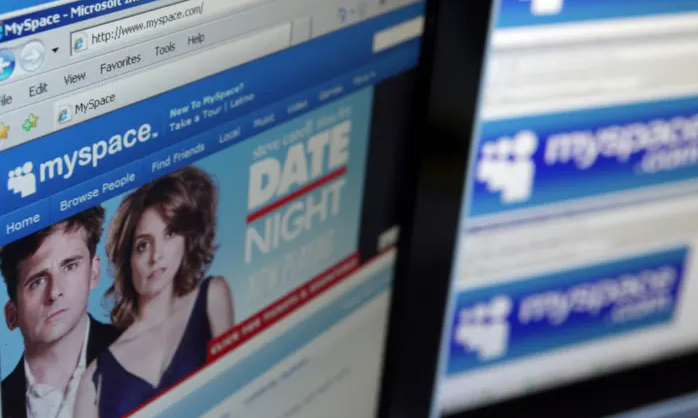
Created in 2003, Myspace was a phenomenon among social networks at the time. The platform focused especially on music lovers and served as a showcase for artists in the music industry, helping them to have direct contact with fans. During the social network’s heyday, singers and bands could have special accounts on the site – allowing them to display up to ten songs on their profiles. In addition to groups, comments, and direct messages, the network also had support for videos and songs, news feeds, and bulletin boards.
The platform remained at the top of the ranking of the most popular social networks for a considerable time but began to experience some technical problems over the years. The high traffic on the platform, coupled with the constant growth in the number of new users, often slowed down the social network. Despite the loss of popularity, the MySpace site can still be accessed today through the browser.
5. Orkut
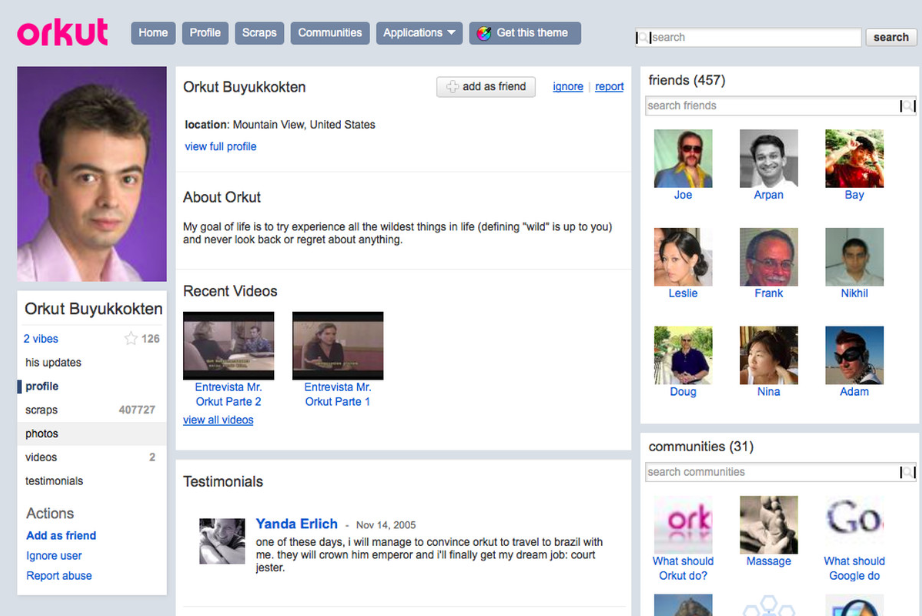
Created in 2004, Orkut was one of the most popular social networks of the 2000s. The communities were the platform’s great attraction. With them, fans of diverse subjects gathered to debate in forums and meet new people. Features such as attributes, which allowed users to “classify” users in levels of “trustworthy”, “cool” and “sexy”, scraps, and testimonials were also a hit among Internet users. In addition, users spent a lot of time playing games like Buddy Poke and Colheita Feliz.
The social network became so popular and despite its success, problems such as fake profiles, virus dissemination, and the rise of Facebook contributed to Orkut’s decline. After months of losses in several accesses and popularity, the social network announced its end in 2014.
In April of this year, the domain orkut.com was reactivated, but the social network is still not back. The site only displays a message written by Orkut Buyukkokten, creator of the social network, saying that he is building something new. In the text, he promised news “soon”.
6. Facebook
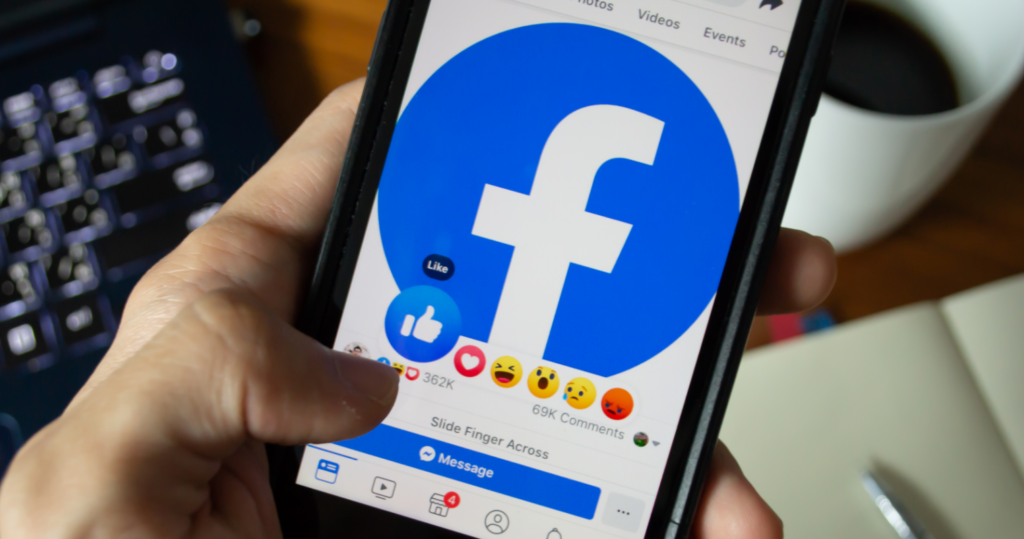
Created in 2004 by Mark Zuckerberg, Facebook was born to be a social network for students on the campus of Harvard University in Massachusetts. The platform improved on many of the features created by predecessor social networks such as news feeds, photo and video sharing, and reactions to posts. Over time, Zuckerberg also added original features: a unique marketplace, Facebook Watch for videos, and Facebook Gaming for games are just a few examples.
Facebook can be accessed via a computer browser and also downloaded from the Google Play Store on Android devices and the Apple Store on iOS devices. Despite having lost space to apps like TikTok, the platform is still one of the most used social networks, next to WhatsApp and Instagram.
7. YouTube
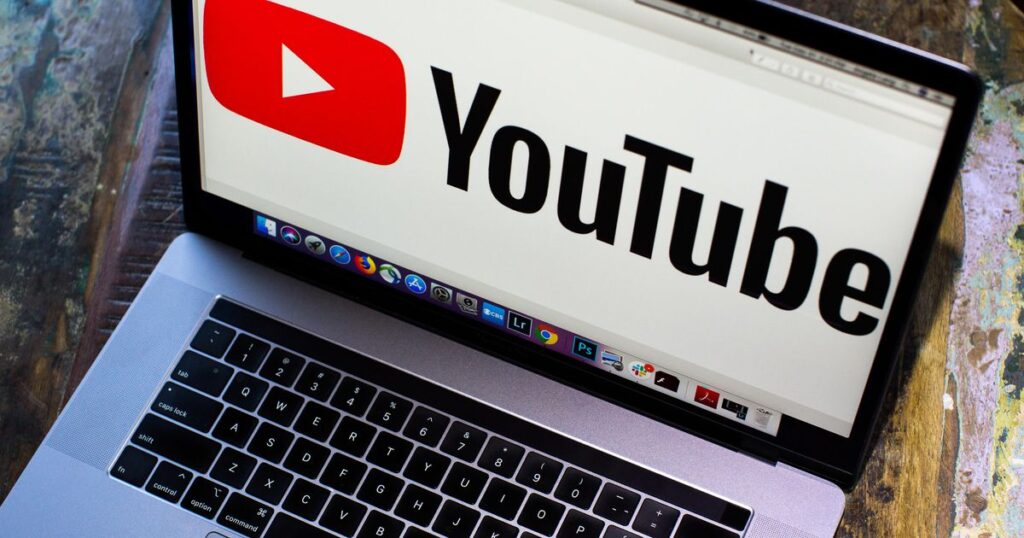
YouTube was launched in 2005 by Chad Hurley, Steve Chen, and Jawed Karim, former PayPal employees. Over its 17 years of existence, the platform has grown from a place to share videos with close friends to one of the leading marketing tools today. The service, which receives 3.4 billion monthly visits, offers a monetization program for content creators – or YouTubers – and is the platform of choice for many advertisers.
The stage for vlogs, video podcasts, and longer content, YouTube launched 2021 the “Shorts” function. The feature, which allows you to record and share clips of up to 60 seconds, has arrived to compete with the short video app TikTok. YouTube is available on the web and in apps for cell phones and TVs.
8. Twitter
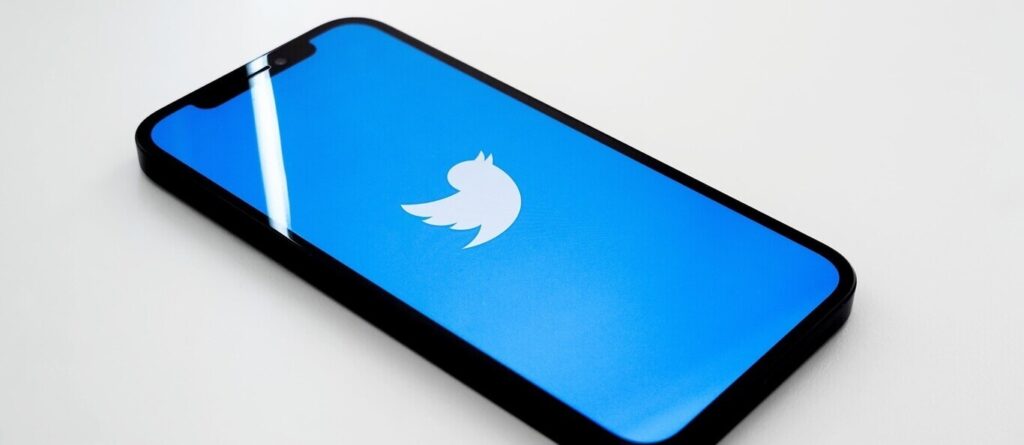
Launched in 2006, Twitter has always stood out for its dynamic and objective form of communication. Initially, each posted tweet could have a maximum of 140 characters, which distinguished the social network from others. Over time, the platform has received several updates such as the retweet button – previously you had to manually share a post – and the increase in the character limit per post. New features, such as Spaces and the Wheel, were also added.
Twitter allows you to post images, videos, GIFs, and external links, in addition to text with up to 280 characters – which can be expanded with threads. The social network is widely used as a personal diary, and also to share memes and keep up with the latest news. It can be accessed via web browsers or mobile applications.
9. Instagram

Instagram was launched for iPhones in 2010 and only in 2012 did it reach the Android operating system. Initially, the platform was focused solely on sharing images in the feed. Over the years, however, Instagram sought to adapt and bring new features inspired by social networks on the rise – such as Stories, inspired by Snapchat’s temporary media, or Reels, which follow the short video format used by TikTok. The number of functions “imported” from other apps is even a reason for criticism from users.
In 2012 the social network was bought for US$ 1 billion by Mark Zuckerberg. Currently, Instagram is part of Meta, the same company that owns Facebook, and received some functions ported from the neighboring social network, such as the ability to send messages to Facebook profiles through the app. The social network is available for Android and iOS systems and can also be accessed through a browser on a computer.
10. TikTok
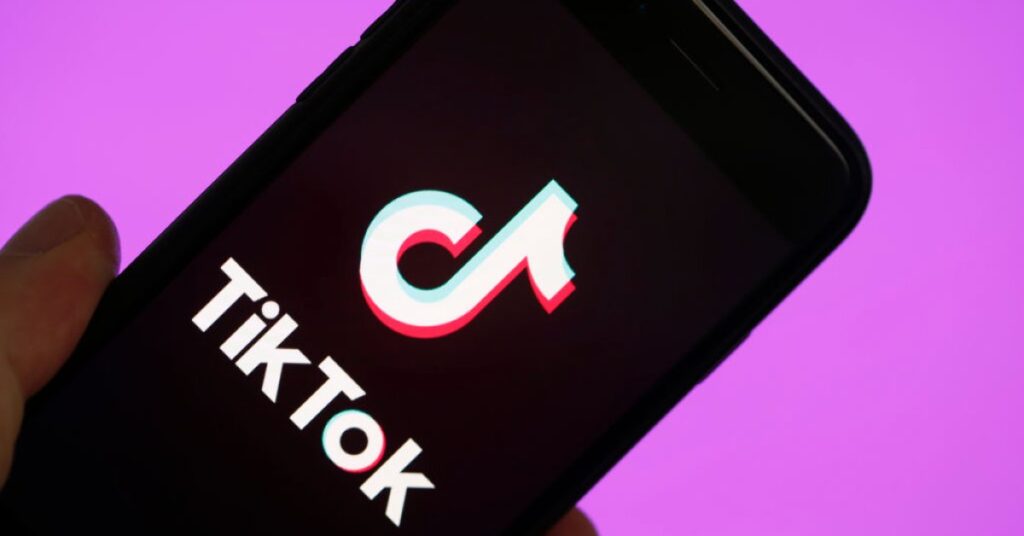
The newest platform on this list is TikTok, which launched in 2014. Initially called Musical.ly, the app was used for sharing videos in which users dub songs. However, in 2019, the platform abandoned its focus on dubbing and became the Internet’s leading short video social network. Many popular trends appear on the app.
The app has a simple feed, in which the user only needs to drag their finger up to navigate between content. You can like and leave a comment on the posts, and you can also share them on other social networks. As for creating and editing videos, users have several features at their disposal, such as adding effects, music, and text.
According to a study by mobile market research firm Data.AI, TikTok is the app users have spent the most hours on worldwide, followed by YouTube and Tinder. The app’s market success was so great that competitors such as Instagram and YouTube started to invest heavily in the short video system. Currently, the platform is available for Android and iOS systems and browsers.
This post may contain affiliate links, which means that I may receive a commission if you make a purchase using these links. As an Amazon Associate, I earn from qualifying purchases.

